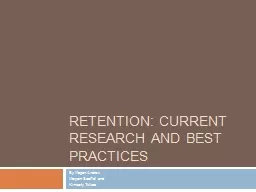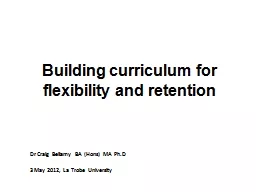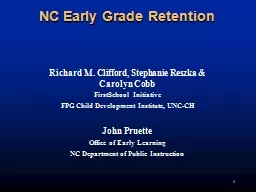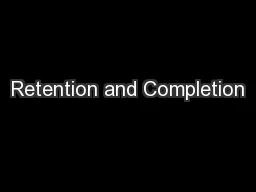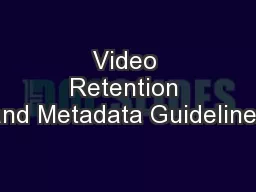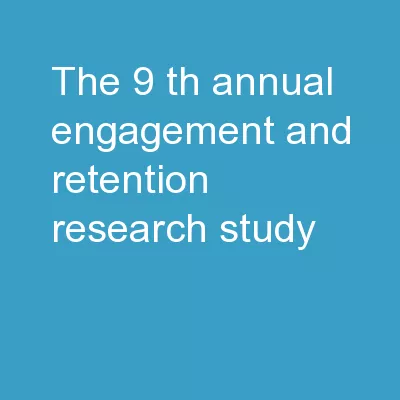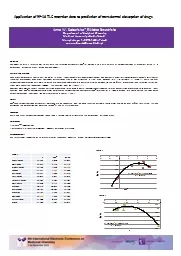PPT-Retention: Current Research and Best Practices
Author : liane-varnes | Published Date : 2017-08-29
By Megan Andrew Maryam Scaffidi and Kimberly Tzikas Welcome Parents KWL chart In the first column record what you KNOW about retention In the second column
Presentation Embed Code
Download Presentation
Download Presentation The PPT/PDF document "Retention: Current Research and Best Pra..." is the property of its rightful owner. Permission is granted to download and print the materials on this website for personal, non-commercial use only, and to display it on your personal computer provided you do not modify the materials and that you retain all copyright notices contained in the materials. By downloading content from our website, you accept the terms of this agreement.
Retention: Current Research and Best Practices: Transcript
Download Rules Of Document
"Retention: Current Research and Best Practices"The content belongs to its owner. You may download and print it for personal use, without modification, and keep all copyright notices. By downloading, you agree to these terms.
Related Documents

